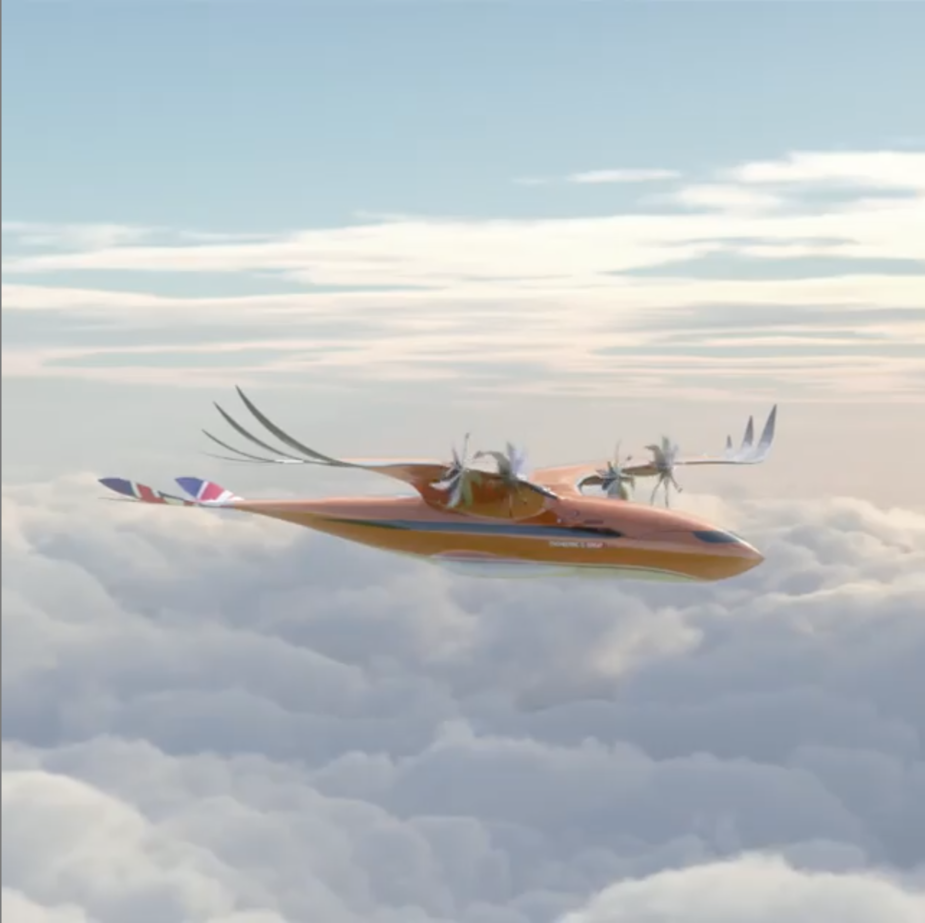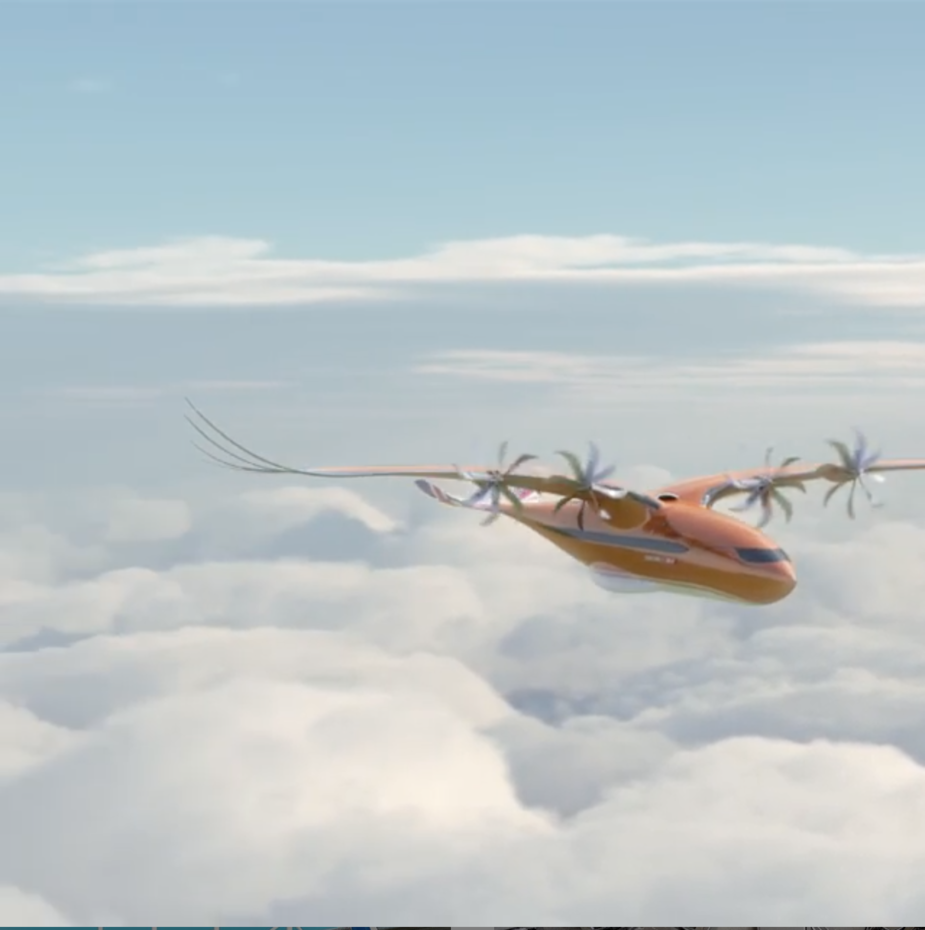Not exactly state-of-the-art regarding airframe development  but here is a company that sees some potential for a very specific application beyond training.
but here is a company that sees some potential for a very specific application beyond training.
Harbour Air going electric?
This company is a local commercial floatplane operation in the BC islands off Vancouver. Flights are relatively short and frequent. It sounds like they are getting ready to move as soon as battery power-to-weight ratio drops to a given point that makes the solution commercially viable. The last link describes the project and philosophy.
project update
Harbour Air and the future of flying electric
Britten-Norman got a £9M grant for an electric commuter plane – here

Gosh I even recognise the background 
The immediate application appears to be this journey for which the record stands at 53 seconds. Sounds about right 
Peter wrote:
The immediate application appears to be this journey for which the record stands at 53 seconds. Sounds about right
The numbers don’t add up: that aircraft has 2T useful load with 1T being fuel, that does work to carry a 6T electric plug that will cover the 3km distance? 
Peter wrote:
The immediate application appears to be this journey for which the record stands at 53 seconds. Sounds about right
I imagine it’s for these applications that “autonomous air taxis” would be useful: low distance, likely low payload. Having to batch everything in one big plane seems like a waste.
Peter wrote:
An electric Beaver – here
As per post #10 above
Electric long distance flight is possible
I’ve been working out some numbers recently and daydreaming about how a viable longer range electric aircraft would look like or be constructed. And it comes to be that because we tend to fixate on speed in aviation, we kind of miss seeing the bigger picture at times. If we give up a little bit of speed, then all of sudden electric possibilities open up, even with today’s shitty batteries.
Let’s talk power-to-weight ratio, as that’s what’s at the center of all this. I don’t know if any of you followed the Solar Impulse 2 a few years back, but it’s a good starting point for an extreme example. Now forget the solar panels and the ability to recharge in flight and all that and just concentrate on the basics of it. SI2 weighs 5100lbs and has 4×13kW engines. In essence the SI2 carries 76lbs for each horsepower, or a 1:76 power-to-weight. It had a 154kW battery onboard and the engines were run rarely above 30% power in cruise. Let’s do the math on that:
4×13kW in power = 52kW. Run at 30%, that’s about 16kW of power needed each hour (key here are the big slow turning props – they are very efficient, but at the cost of top speed). With a battery capacity of 154kW, that’s an endurance of almost 10hrs. But because the thing is so slow at around 40kt, and carries extra weight for the solar panel management, it doesn’t translate into huge range, only about 390nm or so. Still, not bad. I know Cubs that do less.
A bog standard Cessna has a power-to-weight ratio of about 1:15. But it seems to me, if we increase that just slightly, to maybe 1:20 and absolutely optimized an aircraft for light weight so as to allow the biggest battery pack possible, my calculations hints that you could quite easily get into the 4-5hr endurance range at a power setting of 30-40%. It’s also conceivable at that power-to-weight ratio to be able to achieve 100-120kts with a good design. The Pipistrel Alpha Electro does about 90kts on 38% power setting and that’s without constant speed prop or a retractable gear. I think with both of those in place, you’d easily see above 100kts. 5hr endurance at say 120kts is a range of 600nm that you could achieve with todays battery technology. That’s a pretty useful traveling number.
So, where am I going with all this? Well, nowhere really, except musings: I think that just like with cars, once the door cracks on these types of designs, it will move fast. Imagine being able to fly for almost nothing and with almost no maintenance costs? For 600nm. That’s pretty amazing stuff and could probably save private aviation.
Here’s Airbus take on a future electric transport plane. Note the huge props and distributed lift. This is key. We have had the luxury of being wasteful up until now in aviation, because gas had so much power. But to be truly efficient, we need to lower speed a bit, and move big masses of air slowly (i.e. big props) rather than small air masses fast. The future is bright for economic flying!


Very interesting, thank you. Are there companies working on electric certified 4 seaters?
Switching all regional flights to turboprops would cut emissions by over 60%.
An updated Britannia could do similar for long haul, although I expect a full load 777 or 787 is harder to beat on an emissions per seat mile.
Restricting use and production of SUVs would do something similar for car transport.
Not sure what the damage of extracting all the lithium will cause in the future.
Concrete, simple, political cuts in emissions are available right now with existing technologies, not sure why they are not being acted on.
Very inspiring Adam, thank you. I would immediately buy an electric 4 or 6 seater going 120 kts over 600 nm (which is twice as much range as I realistically need at that speed).
The key here is the operating cost, with one “charge” of the aircraft being an order of magnitude cheaper than filling the tanks of a SEP with Avgas or Diesel (or even Mogas). Flying those 600nm would cost me about 1200€ in a rental C172, if I had my own electric airplane with the capabilities described by Adam, I could do it for maybe 120€.
This would truly rejuvenate GA and make it economically competitive with low cost charter airlines!